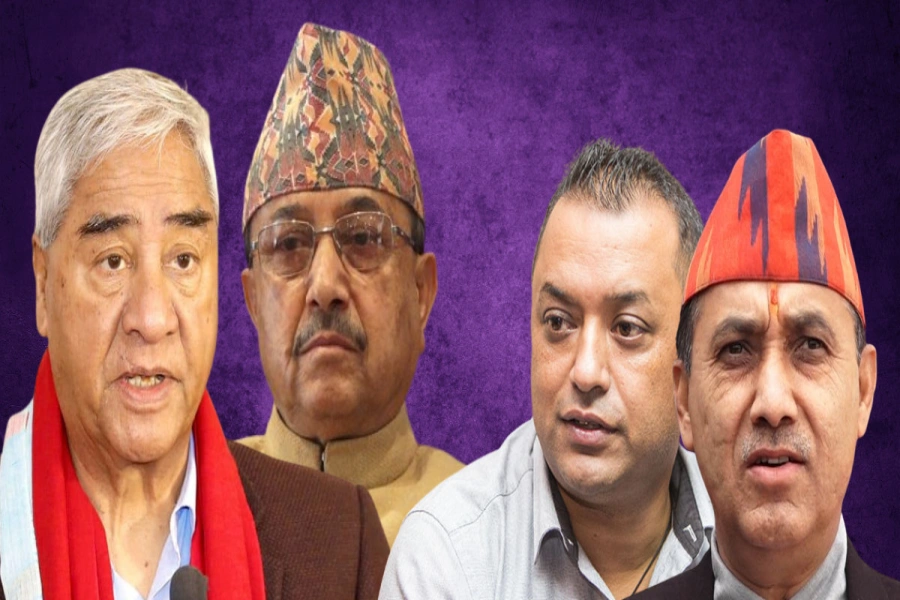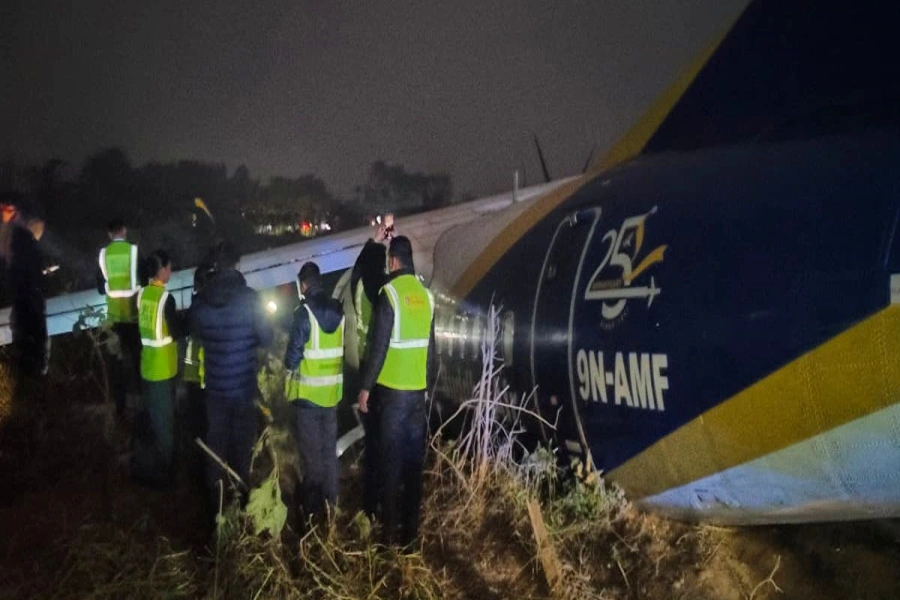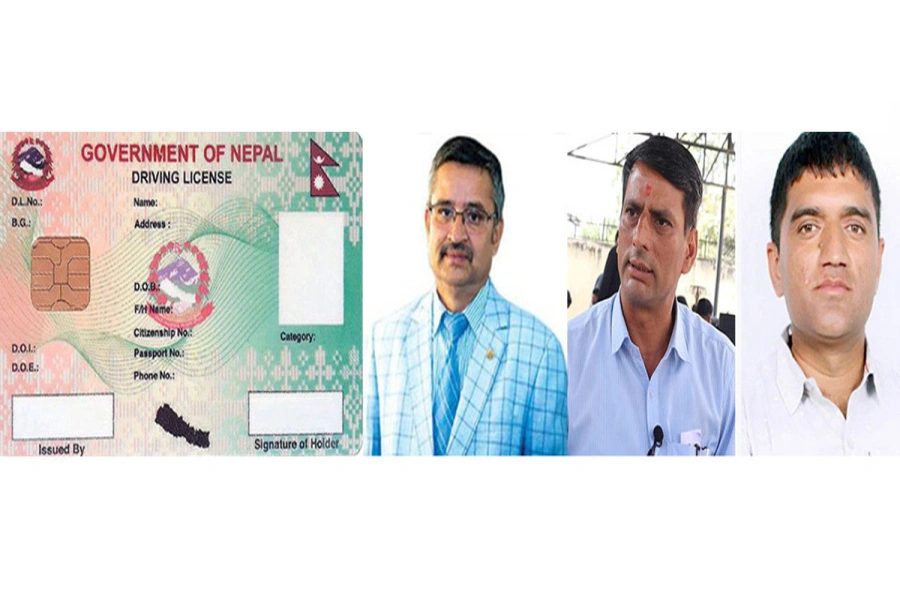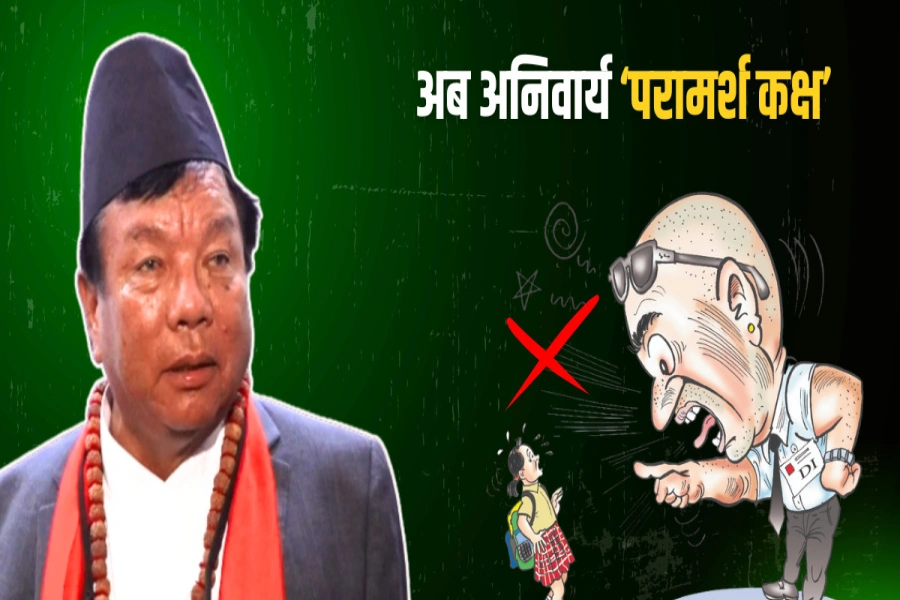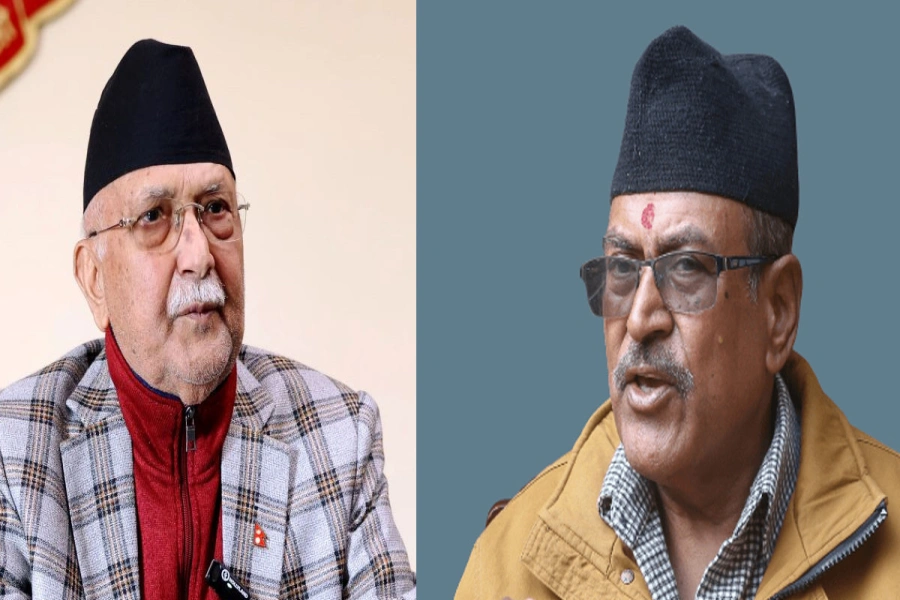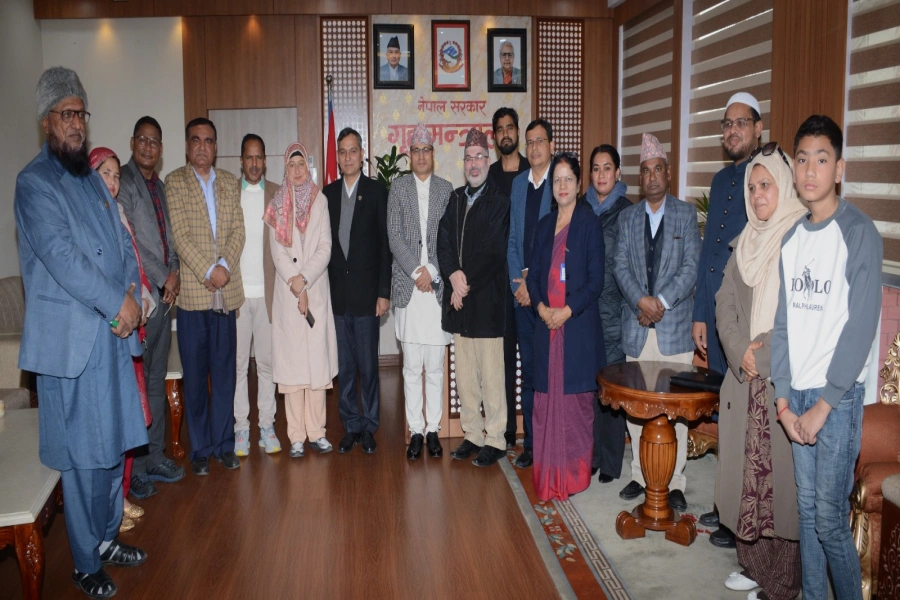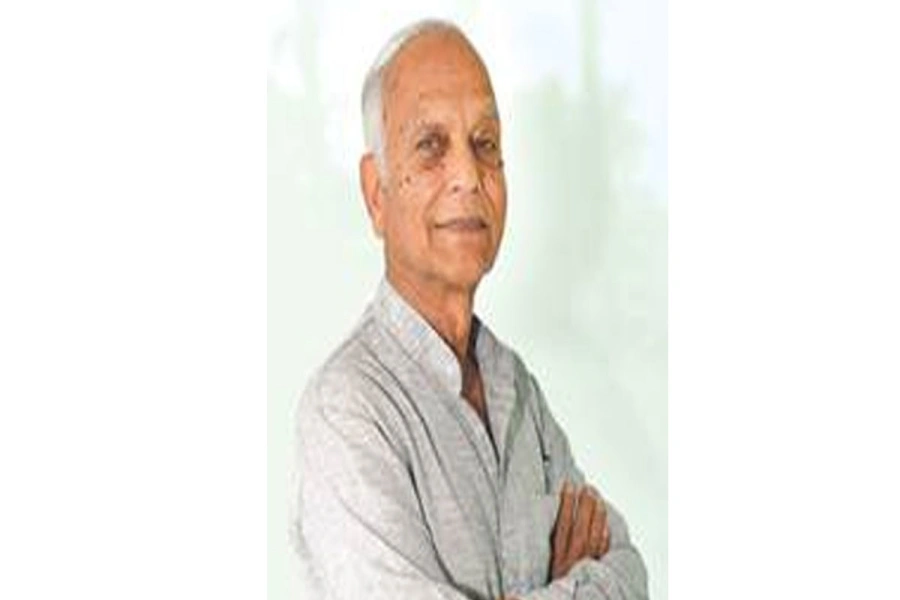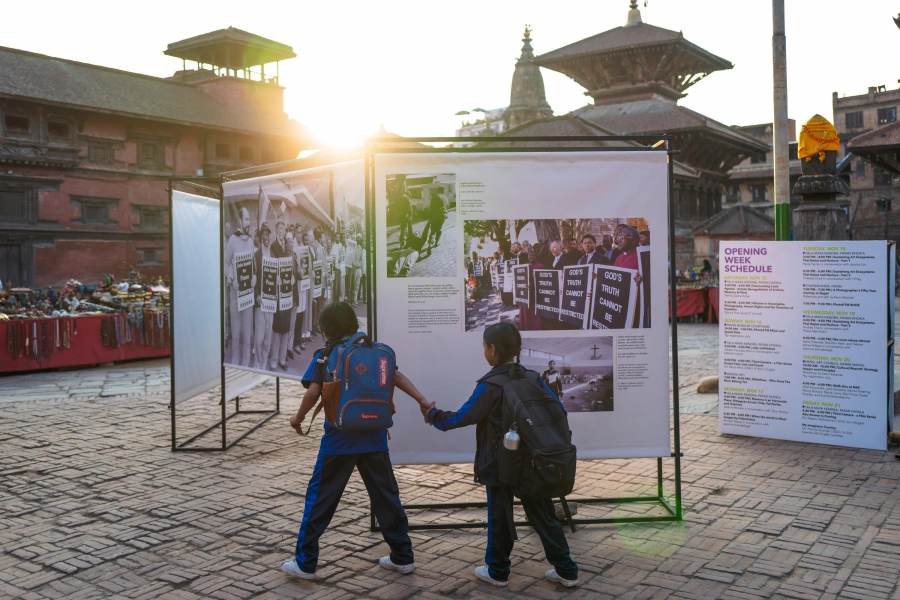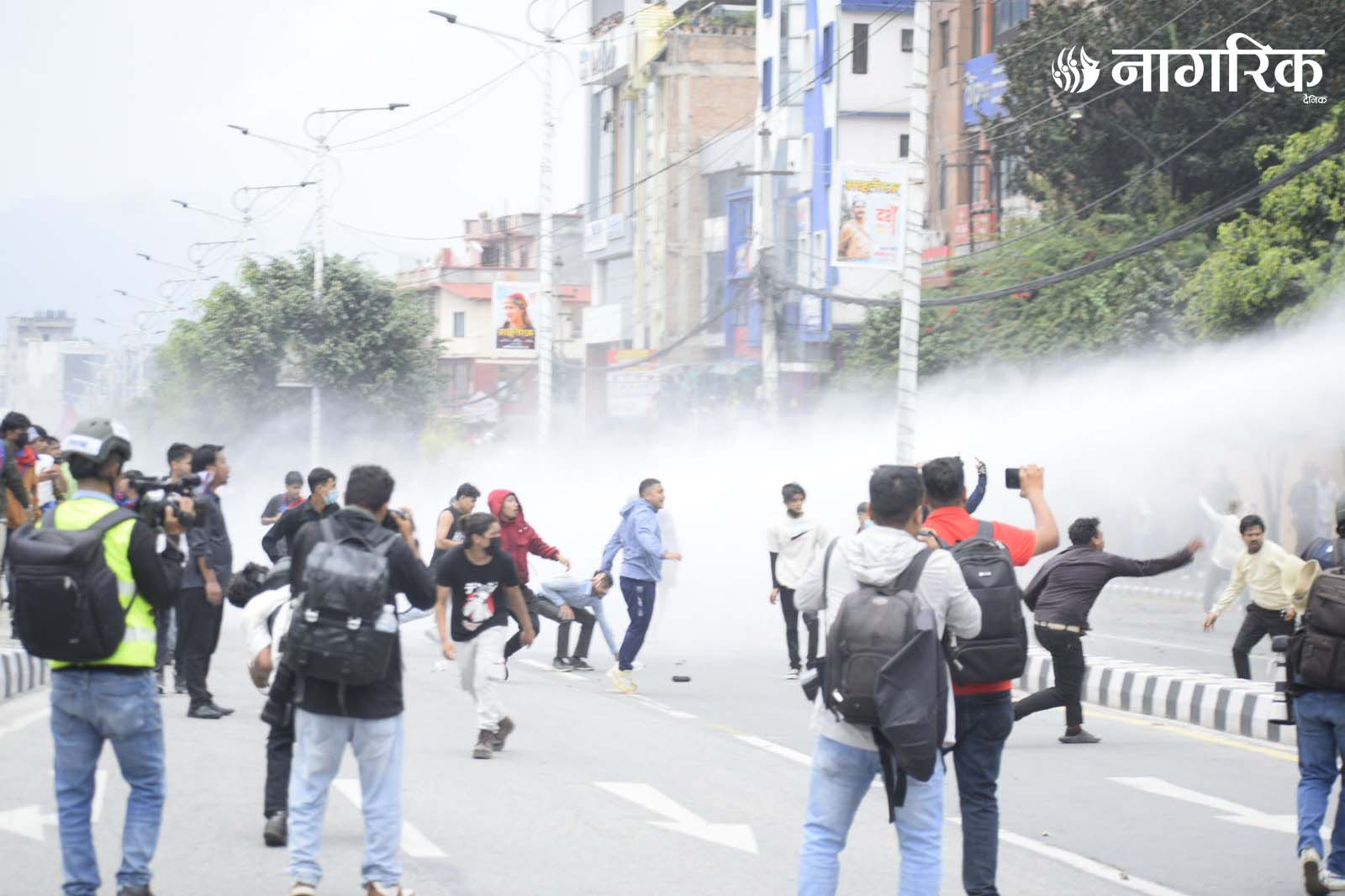Tourism in Nepal is not merely an economic strategy, nor is it just a line item in policy documents or a statistic in economic reports of those trained in the 20th century world. It is something far more intimate, elusive, and enduring. It pulses through the land like an ancestral rhythm. A hushed breath of ancient mountains, a shimmering whisper of sacred rivers. It resides in the slow swirl of incense smoke curling from a village shrine, in the call of the muezzin over Terai plains at dawn, in the soft hush of prayer flags flapping against a Himalayan wind. It’s in the way time stretches in the shadows of a pagoda roof, and in the way strangers become kin over butter tea in a Sherpa home. In Nepal, tourism is not experienced—it is inhabited. It is not a product—it is a participation. A sacred improvisation between land and visitor, between stillness and longing.
The country’s contribution to global tourism revenue may appear modest—just under seven percent of its GDP—but this statistical modesty obscures a deeper significance. In Nepal, tourism is not just commerce; it is cosmology. It connects local economies to planetary movement, local myths to global dreams. It provides young people with pathways out of despair, women with agency, elders with reverence, and communities with stories that outlive seasons. To walk these trails, to sit under these skies, is to unlearn a world obsessed with urgency. Tourists do not come to Nepal to check boxes—they come to forget the list entirely. They come, knowingly or not, to surrender. To slow. To shed. To remember what was lost in the long noise of modernity.
Nowhere is this surrender more tangible than in the Himalayas. Here, altitude becomes more than elevation—it becomes introspection. The higher you ascend, the quieter it becomes, until you find yourself not climbing a mountain but descending into a silence you had forgotten you needed. Among these heights, one peak reigns—not as monument, but as spirit. Mount Everest, or Sagarmatha to Nepalis, Chomolungma to Tibetans. The name itself—"Goddess Mother of the World"—is not metaphor, but invocation. In the Western imagination, Everest has long been flattened into cliché, a symbol of human conquest, of flags planted and records broken. But for those who live in her shadow, she is no mere summit. She is breath and body. Presence and power. A deity carved into the atmosphere. To approach her is not an act of athleticism—it is a gesture of reverence. The mountain does not care if you reach the top. What she asks, instead, is whether you arrived with humility.
To stand at Everest Base Camp is not to brag, but to bow. The wind that howls across those frozen plains is not a soundtrack to adventure—it is a voice. A voice older than civilization, older than language. And it says, without malice: you are small. You are temporary. You are blessed to witness this, but you do not own it. It is this recalibration of self—this erasure of ego in the face of geological time—that makes Nepal unlike anywhere else. It is not that Nepal is untouched by modernity. It is that modernity still has to whisper here.
Increasingly, a new kind of traveler is being drawn to this whisper. Not tourists in the traditional sense, but pilgrims of a secular kind—searching not for Instagrammable moments, but for existential pause. People burnt out from lives lived on screens, from cities made of steel and speed. People seeking not distraction, but meaning. These are not visitors seeking to consume culture, but to dissolve in it. They are not asking, “What can I do here?” They are asking, “Who am I when everything I thought I was no longer matters?” And to that question, Nepal offers no answer—only terrain. Which is, perhaps, more honest.
Spirituality: Review and Reflection

Some of these seekers gather quietly in sacred spaces—monasteries tucked into mountain clefts, forest hermitages accessible only by foot, stone courtyards that have held prayer for centuries. Others converge in newer, stranger ways: in backwoods gatherings far from electricity, in sound rituals that stretch from dusk to dawn, in silent retreats where language itself is surrendered. One such event took place recently in the pine-covered ridges above the Kathmandu Valley—an unofficial, unadvertised convergence of musicians, dancers, travelers, and mystics. For twenty-four hours, an eco-resort transformed into something unnameable. Candles were placed in carved gourds. Silk flags danced like spirits. And from dusk until the next dusk, music held the space like gravity.
The headliner, if such a term could even apply, was Elfwings—a composer of forestdelic trance, whose set was less a performance than a trance-induced ritual. Hailing from Italy, she conjured a sonic topography that felt ancient and technological at once. The music rose and fell in waves of distortion and delicacy, as if channeled through the mycelial networks beneath the soil. People danced not for spectacle, but for survival—for integration. As dawn approached, and dew kissed the earth, the dancers moved as if possessed—not by madness, but by memory. Not of who they were, but of what the Earth once sounded like when it was still singing.
And then they disappeared. As quietly as they came. No hashtags. No press releases. Only footprints and echoes.
This, too, is tourism. But it doesn’t fit the state’s categories. It isn’t captured in hotel receipts or visa extensions. It doesn’t show up in glossy brochures or five-year plans. And yet, it is here. Growing. Taking root. Becoming, in its own quiet way, a shadow economy of soul.
Earlier this year, when a group of 135 foreign nationals from 38 countries gathered in the jungles of Simli, Kailali for a Rainbow Gathering—a global event centered on peace, communal living, and nature reverence—the local government responded with unease. Lacking context, it issued a 24-hour eviction notice. The forest emptied. But the meaning lingered. What the authorities saw as a disruption was in fact a signal. A premonition. An invitation.
In a world increasingly automated and artificial, the most valuable commodity will be the unreplicable. And nothing is more unreplicable than genuine human presence in a place that refuses to be branded.
Nepal’s strength lies not in its ability to modernize at the pace of Silicon Valley, but in its stubborn refusal to relinquish stillness. It is one of the last places where you can walk for days without seeing a billboard. Where rivers are still sung to. Where trees still remember the names of those who planted them. In an age where AI writes our stories, our emails, our symphonies, Nepal offers something rare: a place where humans are invited not to produce, but to pause.
The future of tourism is not in amusement parks or shopping districts. It is not in curated retreats or algorithmic itineraries. It is in the raw, awkward, beautiful encounter between the self and the sacred. Nepal need not chase the techno-tourist. It need only protect what it already has: mystery. Meaning. The kind of silence that isn’t absence, but presence. The kind that makes you feel, for the first time in years, like a person again.
And somewhere beneath the shadow of Chomolungma, where the air thins and the stars grow sharp, that future is already here—waiting, patiently, for those who are ready to listen. Not to command it, not to brand it, but to listen. Yet, down in the halls of parliament and the conference rooms of ministries, the signal goes unheard. The mountain waits, but the men in power are busy staging small dramas. Bickering over portfolios like children quarreling over toy blocks while the temple burns behind them. These are not architects of vision but caretakers of stagnation—keepers of the status quo dressed in borrowed ideologies, their rhetoric as hollow as the concrete shells of half-built development projects.
Nepal’s political leadership, across all party lines, remains entangled in performative theatrics. They fight for chairs like children. They debate for airtime, not for answers. While the world pivots toward ecological tourism, toward psychedelic healing, toward sacred economies and post-capitalist pilgrimages, Nepal’s policymakers remain stubbornly stuck in a 20th-century script—obsessed with outdated notions of development, mistaking extraction for progress, and spectacle for governance. They cannot see the billion-dollar opportunity resting quietly in their own backyards: a future where Nepal becomes a sanctuary for the soul-weary, a refuge for those fleeing the acceleration of modern life.
But instead of nurturing this vision, they suffocate it with red tape and indifference. While shamans are criminalized, sacred gatherings are evicted, and local artisans are forgotten, they subsidize concrete and steel. They do not understand that in the coming world, the sacred will be more valuable than the synthetic. That the forests of Rolpa hold more potential for global well-being than another luxury resort. That a barefoot pilgrim in Mustang might bring more meaning—and foreign exchange—than any summit on foreign direct investment.
Nepal doesn’t need more five-star hotels. It needs five-star humility. It doesn’t need another mall. It needs to protect its myths. It needs leaders who understand that the greatest treasure this land offers isn’t gold or gas or granite—but the simple act of being. Of witnessing. Of remembering what it means to be fully, deeply human.
Communism has become a relic, while capitalism is undergoing a profound reconfiguration, increasingly fused with the currents of spirituality. Until this transformation is complete, the mountain will continue to watch—silent, unmoved, and timeless. Not waiting for development, but for awakening. For the moment when this nation, still governed by 20th-century ideologies, realizes it has unwittingly stepped into a world defined by 21st-century algorithms, where antiquated politics no longer serve an intelligent, searching generation. In a world where AI takes does better job than humans, humanity will turn inward, seeking not productivity, but meaning. Nepal, untouched by the rush of modernity, will become a sanctuary for those seeking spiritual depth, not wealth. Here, people will come not to work, but to remember what it means to be truly human-spiritual.







